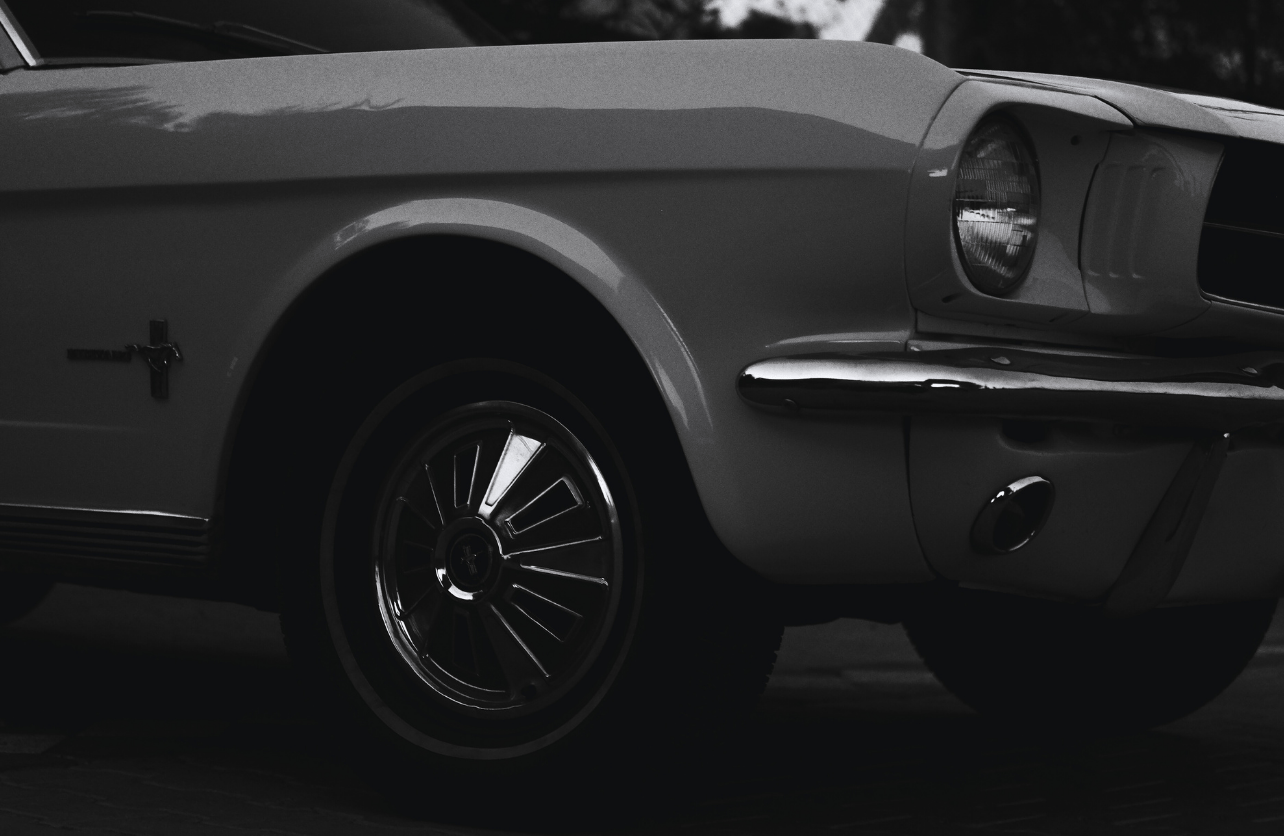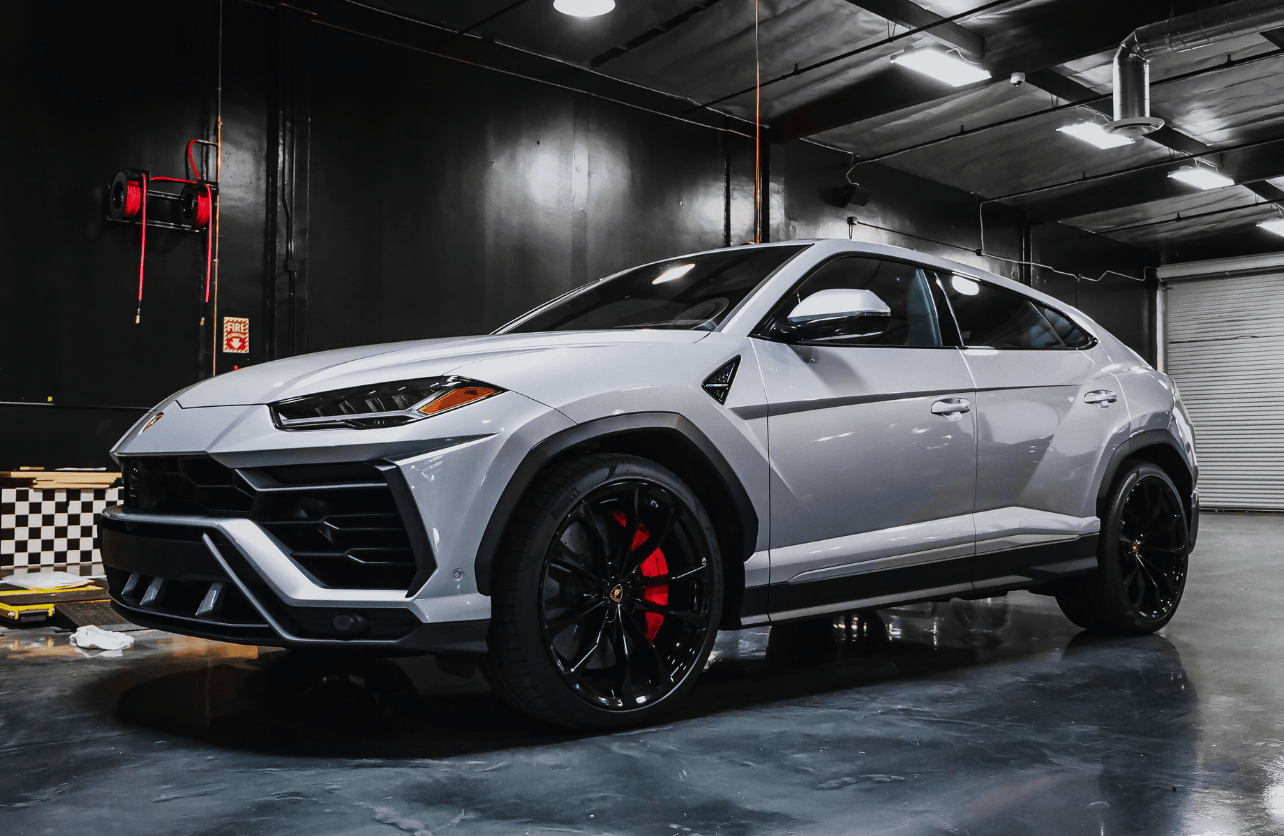Should Front-Wheel Drive Cars Have Staggered Setups?

A staggered wheel setup refers to fitting a vehicle with wider tires on the rear axle than on the front. This configuration is common in rear-wheel-drive (RWD) sports cars, where it enhances traction and performance by better distributing power. However, when it comes to front-wheel-drive (FWD) vehicles, the use of staggered setups is less straightforward and often debated. Here’s a detailed look at whether it makes sense for FWD cars.
The Role of Staggered Setups in Performance
Staggered setups are primarily used in vehicles where rear traction plays a crucial role. In RWD cars, the rear wheels handle propulsion while the front wheels steer, making rear grip essential. Wider rear tires ensure better acceleration and stability by increasing the contact patch where the power is applied.
In FWD cars, however, the front wheels perform double duty—steering and transmitting power. Adding wider tires to the rear offers minimal functional benefit, as the rear tires are not involved in propulsion. This difference in how FWD and RWD vehicles distribute power significantly impacts the usefulness of staggered setups.
Handling Dynamics in FWD Cars
One of the main drawbacks of using a staggered setup on FWD cars is how it affects handling. Wider rear tires increase grip on the rear axle, which can lead to understeer—a condition where the car resists turning and pushes outward in corners. Understeer is already a common trait in FWD vehicles due to the weight and power concentrated at the front. A staggered setup exacerbates this issue, making the car less agile and responsive, especially during tight cornering or high-speed maneuvers.
For most FWD cars, maintaining balanced tire sizes, known as a square setup, ensures more predictable and even handling. This arrangement helps both axles work harmoniously, which is critical for vehicles designed with front-heavy weight distribution.
Practical Considerations for Staggered Setups
In addition to performance, practical factors also make staggered setups less appealing for FWD cars. One of the most significant disadvantages is the inability to rotate tires front-to-rear. Regular tire rotation is essential for even wear and extending tire lifespan. A staggered configuration locks the tires into specific positions, leading to faster wear on the front tires, which bear the brunt of driving forces in FWD vehicles. This results in higher maintenance costs and more frequent tire replacements.
A staggered setup can also limit tire choices, as finding matching front and rear tires in differing sizes can be more challenging and expensive. Additionally, drivers may experience difficulty maintaining consistent performance in varied road conditions, as the vehicle’s dynamics may feel unbalanced with mismatched tire widths.
Aesthetics vs. Performance
One of the main reasons some FWD car owners consider staggered setups is for aesthetic appeal. Wider rear tires can give the car a sportier, more aggressive stance, which can be visually striking. However, while the look might turn heads, the performance trade-offs often outweigh the visual benefits. For most FWD vehicles, a square setup is better suited for ensuring optimal functionality and preserving handling characteristics.
The Case for a Square Setup in FWD Cars

For FWD cars, a square wheel setup—where all four wheels and tires are the same size—is typically the best choice. This configuration promotes even handling and allows for tire rotation, ensuring even wear and extending the life of the tires. A square setup also maintains the vehicle’s original design balance, offering a driving experience that feels natural and predictable.
FWD vehicles are engineered with a specific weight distribution and drivetrain layout. Altering the tire sizes without significant adjustments to suspension or alignment can compromise the car’s overall dynamics. By sticking to a square setup, drivers can preserve the balance and functionality that FWD cars are designed to deliver.
Final Thoughts
While staggered setups have clear advantages in RWD sports cars, their application in FWD vehicles is more limited. For most FWD cars, a square setup is a practical and performance-oriented choice, ensuring balanced handling, even tire wear, and a predictable driving experience. While a staggered configuration may offer a unique aesthetic, the potential drawbacks in performance and maintenance make it less suitable for FWD vehicles. Always consider your car’s specific needs and consult with professionals before making modifications to your wheel setup.